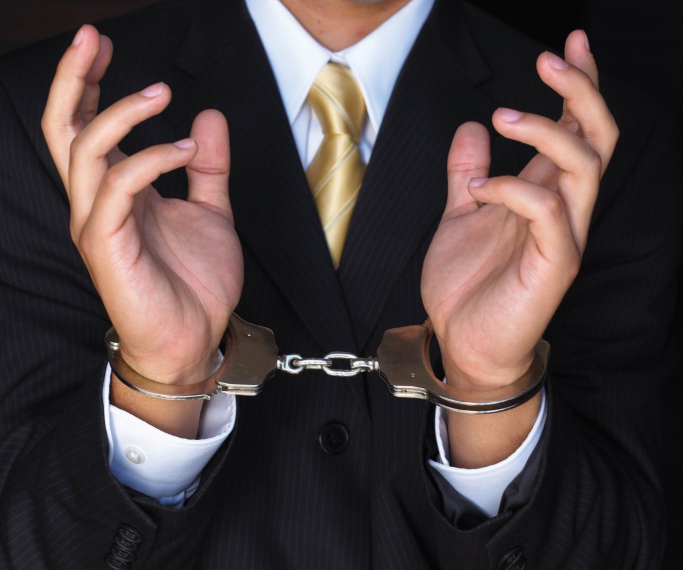In this article, we will talk about such a crime as a fake signature (article of the Criminal Code of the Russian Federation No. 327). The main methods of signature falsification and measures aimed at identifying this offense will also be determined.
Signature fake

Along with the graphic falsification of the signature made from the original document, criminals often resort to technical. In order to achieve the maximum resemblance of a fake to the original, attackers use all kinds of technical means, starting with simple copy accessories and ending with specially made cliches.
Graphic forgery is expressed in imitation of the other person’s handwriting, however this type of fake retains certain signs of the artist’s handwriting.
In the case of technical falsification, signs of the guilty handwriting do not appear. Under such conditions, identification of the identity of the criminal becomes impossible.
In practice, there are many different ways of technical fakes, for example:
- carbon copy signature falsification;
- copying by pressing (on the strokes of the original);
- copying "in the light";
- copying using a coloring matter.
Signature falsification methods

Carbon paper transfer - This is one of the ways that a fake signature is made. The Criminal Code of the Russian Federation does not determine specific methods of counterfeiting signatures; all of them were established and studied during investigative practice. With this method of forging, a document with a signature is superimposed on a fake document, then with the help of a carbon copy it is encircled with the help of any pointed object. Then ink is applied to the print itself, and the remaining excess ink of the transfer paper is removed with an eraser.
Copying by pressing (on the strokes of the original). This method is similar to the above method. Only in this case, carbon paper is not used, and ink is applied to the resulting colorless print. Traces of the relief that remained visible from the back of the sheet are removed by smoothing.
Copy "in the light" - This is a method in which a fake document is superimposed on the original and moved under a bright light source. In this case, the falsification of the signature is done by encircling the strokes of the original.
Copying using a coloring matter. In this case, paints are applied to the forged signature, which are subsequently printed on a fake document.
In practice, there are more complex ways to fake signatures, for example, using a pantograph or a photoprojection copy method.
Fake detection

To establish the authenticity of the document, as well as the method by which the signature was faked, a handwriting examination is carried out, consisting of several stages.
Preliminary research of materials - this stage is devoted to the study of a court or investigator’s decision, after which the expert is obliged to find out:
- in what case will the examination be carried out;
- what questions should be clarified during the course of the study;
- whether the submitted documents correspond to the list fixed in the resolution;
- the presence of the initials of all persons involved in the case.
Detailed study. At this stage, an analysis of the identification features that are contained in the signature is performed. The question of who produced it was also subject to decision.At this stage, the quantitative and qualitative composition of the signature is determined, namely:
- what parts it consists of;
- how many letters, as well as non-letter strokes;
- is there a stroke.
Evaluation of the results
At this stage, all significant signs are identified, due to which the signature was faked. The expert establishes the stability of the present signs, also analyzes the occurrence or impossibility of the allowed repetitions in the handwriting of two people. This stage is final and allows the expert to answer the question of whether this signature is made by the person from whom it appears.
Responsibility for falsification of signature

The legislation of the Russian Federation provides for responsibility for falsifying a signature, which is enshrined in Art. 327 of the Criminal Code. Signature falsification as a separate type of crime is not fixed in this article. Based on established practice, as well as scientific and practical comments, this article provides for liability for this type of act.
Consequently, this type of crime entails punishment up to two years in prison. As an alternative preventive measure, it is possible to appoint forced labor for up to two years or arrest for no more than six months.
In case of repeated commission of a criminal offense, the punishment will increase (up to 4 years in prison), or forced labor will be assigned for the same period.
Conclusion
Signature falsification is an unlawful act that seeks to falsification of a document in order to obtain undue benefits. In order to determine this corpus delicti, a handwriting examination is appointed by the court or investigator, which allows us to decide the question of who is the subject of this criminal act.

